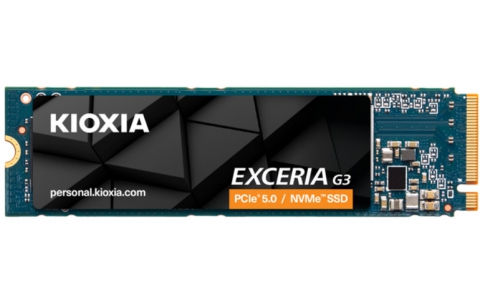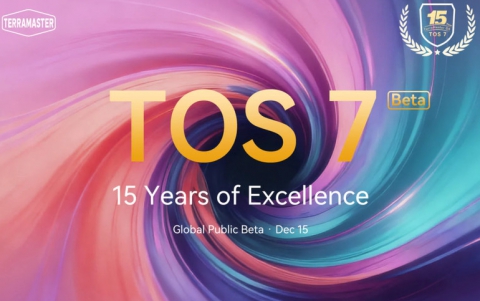
Intel Advances Neuromorphic Research Efforts Around the 'Loihi' Test Chip
Intel announced a collaborative research initiative to encourage experimentation with its Loihi neuromorphic test chip.
This week, the company hosted the Neuro Inspired Computational Elements (NICE) workshop in Oregon with the goal of bringing together researchers from different scientific disciplines to discuss and explore the development of next-generation computing architectures, including neuromorphic computing.
Intel's self-learning neuromorphic chip - codenamed Loihi - mimics how the brain functions by learning to operate based on various modes of feedback from the environment. This extremely energy-efficient chip, which uses the data to learn and make inferences, gets smarter over time and does not need to be trained in the traditional way. It takes a novel approach to computing via asynchronous spiking.

'Loihi' is a 60-mm2 chip fabricated in Intel's 14-nm process that advances the modeling of spiking neural networks in silicon. It integrates a wide range of features for the field, such as hierarchical connectivity, dendritic compartments, synaptic delays, and, most importantly, programmable synaptic learning rules. Running a spiking convolutional form of the Locally Competitive Algorithm, Loihi can solve LASSO optimization problems with over three orders of magnitude superior energy-delay-product compared to conventional solvers running on a CPU iso-process/voltage/area.
Fabrication and packaging of the Loihi test chip was completed in early November, and Intel has began power-on and validation. The company claims it has found 100 percent functionality, a wide operating margin and few bugs overall. Small-scale demonstrations on Intel's emulator worked as expected on the real silicon, though, of course, running orders of magnitude faster. Intel's equivalent of a "Hello World" application is recognizing a 3-D object from multiple viewing angles, structured after the COIL-20 example from Columbia University.
As measured at Intel's lab, this particular application uses less than 1 percent of Loihi, learns the training set in seconds and consumes tens of milliwatts.
Intel has delivered the first developer systems to select research collaborators who are working on a variety of applications including sensing, motor control, information processing and more. Software development tools remain one of Intel's focus areas, and the company is looking forward to running much larger scale applications in conjunction with research collaborators.
The next step for Intel is today's announcement of the formation of the Intel Neuromorphic Research Community (INRC) - an effort to create a network of collaborators spanning academic, government and industry research groups. Intel invited workshop attendees to submit proposals under the following research vectors:
- Neuromorphic Theory: Abstracting neuroscience understanding and relating it to practical computational models.
- Spiking Neural Network Algorithms: Principled development of neural network dynamics, features and learning rules.
- Neuromorphic Applications: Systems and software that use Loihi and future Intel neuromorphic architectures to solve real-world problems.
- Programming Models: New paradigms for conceptualizing and specifying the structure and emergent behavior of neuromorphic systems.
- Event-Driven Sensing and Control Technologies: Novel and efficient approaches for interfacing spike-based computing systems with real-world data and systems.
Qualifying proposals may receive grants for their work as well as access to a software development kit and a Loihi test system. Due to the high demand for Loihi development systems, Intel is working to enable cloud access to a scalable, multiuser Loihi-based system, dubbed Neuromorphic Research as a Service (NRaaS).
Community Members will agree to share results with the goal of advancing neuromorphic computing and uncovering potential use cases for this nascent but promising field of computer science research. Intel will begin accepting initial proposals April 2.
"With the collaboration of leading research institutes around the world, this chip can progress from a prototype to an industry-leading product over the coming years. Indeed, the future is bright," commented Dr. Michael C. Mayberry, chief technology officer for Intel Corporation.


















